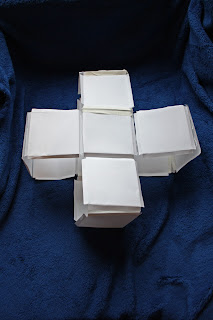We looked at how the aperture, shutter speed and ISO all work together to create a photo with the correct exposure.
Aperture is the hole inside of the lens which can be adjusted to be bigger and smaller. It controls the amount of light that reaches the film and has an effect on the depth of field (the amount of the photo that is in focus around the main point of focus) The different sizes of aperture are called f stops, the most common being f2.8, f4, f5.6, f8, f11, f16, f22 and f32. The smaller the f number, the greater the amount of light and smaller the depth of field. The larger the f number, the smaller the amount of light and greater the depth of field.
Shutter speed controls the time the shutter is open and therefore the amount of light that hits the film. It is measured in fractions of a second such as 1/60, 1/30 and 1/15. 1/60 will let in less light than 1/15 as it is opened for a shorter amount of time. A faster shutter speed will reduce any blurring from movement of the subject or camera.
ISO is the speed of the film and indicates how sensitive the film is to light. The main ISO ratings are 100, 200, 400, 800 and 1600. A higher and faster ISO such as 1600 will make the image more grained.
Using my own digital camera, a Canon EOS 1000D, I used what we had learnt to take photos of an origami lily I had made.
This is over exposed making the lily and foreground too white
This image has more depth than the last one and the lily contrasts much better with the blue background. It is also more in focus. I wasn't pleased with either of these photos as they don't show enough detail in the lily with the folds.
This image has the correct exposure. The lily contrasts well with the background and you can see the shadows on the petals.
Robert J.Lang is an American physicist and one of the worlds leading origami artists. I really like his work as it is amazing how he has managed to create such realistic creations out of just one uncut sheet of paper.
Here are some examples of his work.
Another origami artist is Craig Sonnenfeld who creates origami out of $1 bills. I find these very impressive as it must have been hard to create such small and detailed models without cutting the bills, especially as they are very different shapes to those normally used to create origami. Here are examples of his work:


























